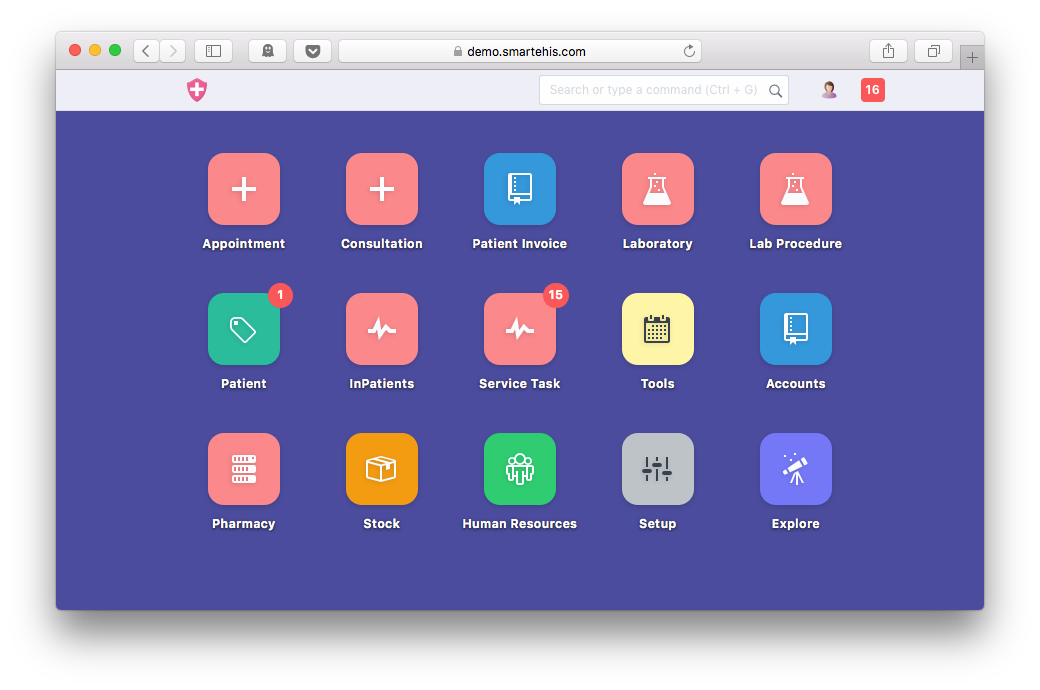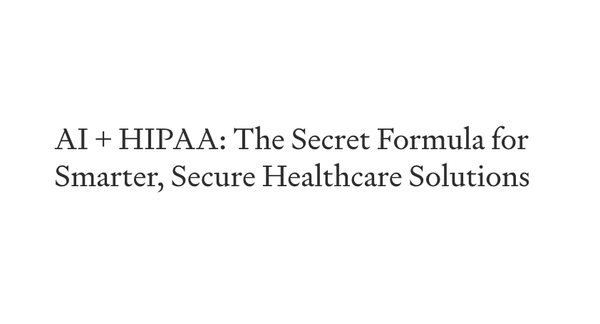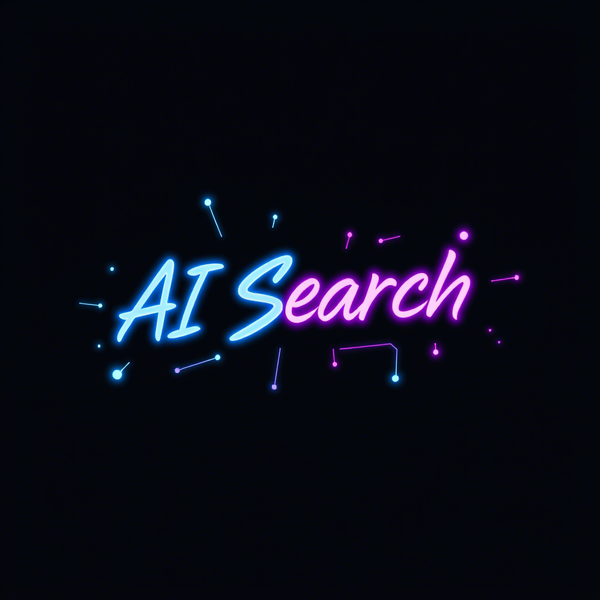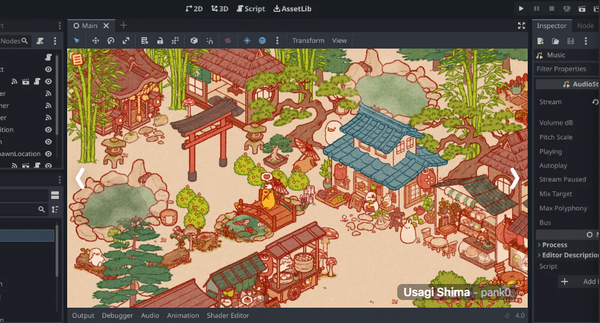What is as Patient Portal in Healthcare, Benefits, and the Lack of Open-Source Solutions
Table of Content
Patient portals are secure online platforms that give patients access to their health information and medical records.
They allow patients to communicate with their healthcare providers, schedule appointments, request prescription refills, and view test results.
Primary Features of Patient Portals
- Access to medical records
- Appointment scheduling
- Secure messaging with healthcare providers
- Prescription refill requests
- Viewing test results
Challenges
- Requires robust security and compliance with healthcare regulations (e.g., HIPAA).
- Integration with existing Electronic Health Record (EHR) systems can be complex.

Why Patient Portals are Essential for Healthcare Service Providers
1. Improved Patient Engagement
Patient portals empower patients to take an active role in their healthcare by providing easy access to their medical information and communication tools. This leads to better patient engagement and satisfaction.
2. Enhanced Efficiency
By automating appointment scheduling, prescription refill requests, and access to test results, patient portals reduce the administrative burden on healthcare staff. This allows healthcare providers to focus more on patient care.
3. Better Communication
Secure messaging features enable timely and confidential communication between patients and healthcare providers, improving the overall coordination of care.
4. Increased Accessibility
Patient portals make it easier for patients to access their health information from anywhere, at any time, leading to better health management and adherence to treatment plans.
Challenges of Patient Portals and Personal Health Records (PHRs)
- Security and Privacy Concerns: One of the primary challenges of patient portals and Personal Health Records (PHRs) is ensuring the security and privacy of sensitive health information. Healthcare providers must comply with strict regulations, such as HIPAA in the United States, to protect patient data from breaches and unauthorized access.
- Integration with Existing Systems: Integrating patient portals and PHRs with existing Electronic Health Record (EHR) systems can be complex and resource-intensive. Disparate systems and data formats can hinder seamless integration, leading to potential data inconsistencies and increased administrative burden.
- User Adoption and Engagement: Encouraging patients to use patient portals and PHRs remains a significant challenge. Many patients may lack the technical skills or awareness to utilize these tools effectively. Ensuring user-friendly interfaces and providing adequate support and education are crucial for increasing adoption rates.
- Data Accuracy and Completeness: Maintaining accurate and up-to-date information in patient portals and PHRs is essential for effective healthcare management. Incomplete or outdated data can lead to errors in diagnosis and treatment, undermining the potential benefits of these systems.
- Cost and Resource Allocation: Implementing and maintaining patient portals and PHRs require substantial financial investment and resources. Healthcare providers must balance the costs of these systems with their potential benefits, ensuring that they deliver value without straining budgets.
While patient portals and PHRs offer significant benefits for enhancing patient engagement and improving healthcare delivery, addressing these challenges is essential to realize their full potential.
No Open-Source Patient Portals
Currently, there are no widely recognized open-source patient portals available. Most patient portals are proprietary solutions integrated with commercial EHR systems.
This lack of open-source options means healthcare providers often have to rely on costly proprietary systems, which may not offer the flexibility and customization that open-source solutions can provide.
Final Note
In conclusion, while patient portals, CMS, and customer support systems each serve distinct purposes, patient portals are crucial for modern healthcare providers due to their ability to enhance patient engagement, improve efficiency, and facilitate better communication. The absence of open-source patient portals represents a significant gap in the market, potentially limiting accessibility and innovation in healthcare technology.











